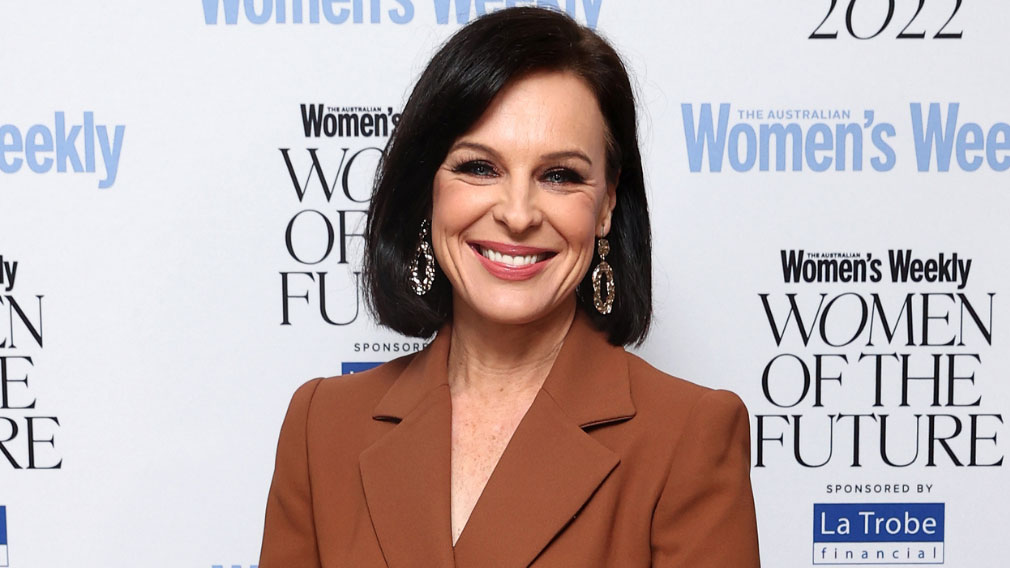Gender board gap didn’t – and won’t – close itself

Women account for 27.7 per cent of ASX200 board positions, up from 25.4 per cent a year ago. (Getty)
In 2008, women accounted for just 8.3 per cent of ASX 200 board roles.
Then, as is still the case now, many argued that the gender gap on boards would close by itself over time as meritorious women were appointed.
Except we know that isn’t the case. Indeed, in 2008 the percentage of women actually dropped 0.3 percentage points. As Male Champions of Change founding member and respected non-executive director Kevin McCann summed it up recently: “A laissez-faire approach will not overcome the obstacles which prevent talented women from obtaining leadership roles.”
A decade on from those 2008 figures we are seeing that Australia’s largest companies have made real changes to bring gender diversity to their boards.
Women now account for 27.7 per cent of ASX200 board positions, up from 25.4 per cent this time last year, according to the Australian Institute of Company Directors latest Quarterly Gender Diversity Report.
This hasn’t happened by itself.

It has taken 10 years of encouragement from organisations such as the AICD, Chief Executive Women, the Male Champions of Change and the 30 per cent Club. Most importantly, it’s involved the boards of many of our largest companies embracing the benefits of diversity for their organisations.
These efforts have culminated in the female appointment rate for ASX200 boards reaching record highs in 2018, with women accounting for 49 per cent of ASX 200 board appointments over the year to date.
Australia is not lacking talented and credentialed women.
The 47 female directors appointed to ASX 200 boards this year are testament to this fact. Their executive careers range from Chief Executive Officers, Chief Operating Officers and Managing Directors; to University Chancellors and Professors; to Partners of both law and professional services firms. ASX 200 boards are appointing women who have the skills and experience to add value, showing the problem in achieving greater gender diversity has been one of demand, not supply.
But achieving greater gender diversity on our nation’s boards is not a matter of equity or equality – it’s essential for the future of good governance.
In 2015 the AICD set a target of achieving 30 per cent female representation on ASX 200 boards by the end of this year because of the strong body of evidence showing that diverse boards lead to better outcomes for shareholders and stakeholders alike.
Groupthink is the enemy of all boards.
Boards need to be capable of challenging assumptions and offering different viewpoints, and having diverse voices around the table encourages this. Boards need a range of skills, experience and perspectives to provide effective oversight of their organisations, particularly as we confront rapid changes in technology and science, and the challenges associated with the work and workplace of the future.
Importantly, putting one woman at the board table isn’t enough.

Research shows that 30 per cent is the tipping point where “critical mass” is reached in a group setting. It is the level at which the voices of the minority group become heard rather than being simply represented. That is not to say that lone women on otherwise male boards cannot and do not make substantial contributions. Rather that the research shows the real benefits of diversity around the board table are not achieved until a critical mass is reached.
As Mr McCann wrote in the most recent AICD Quarterly Gender Diversity Report, and I expect other Male Champions of Change members would attest as well, the arrival of a critical mass of women directors raises the quality of board deliberations as a result of the collective intelligence from different perspectives.
Australia needs more diversity on its boards, not less. Diversity of thought, experiences, background, ethnicity and gender. This is fundamental to safe-guarding against groupthink, enhancing decision-making and ultimately driving better governance in this country.
We have made substantial progress since 2008 and that is something to be celebrated.
Importantly, this change has happened without the need for legislation or regulation – it has been driven by industry-led action and voluntary targets.
There are many appointments still to be made in 2018 and the AICD is focused on supporting ASX 200 boards in reaching the 30 per cent target.
There is still a long way to go, especially outside the ASX 200 where the percentage of female directors declines substantially.
A laissez-faire approach will certainly not achieve lasting change.
The views expressed are those of the author and do not necessarily reflect those of the Westpac Group.


